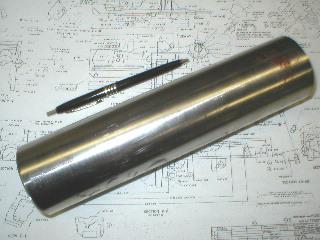In this #MachinistMonday we are going to talk about... Sales. Wait!! What???
More directly, we're also going to talk about CNC programming and how we have connected the two, as it was asked here earlier.
CNC (Computer Numerical Control) programs are written with code that allows a computer to control movements and functions of a machine tool.
A CNC programmer can take a 3D model from a CAD (computer-aided design) program and use CAM (computer-aided manufacturing) software to post code that will control a particular machine to make the part.
Generally, a new program is written for manufacturing each part. If there were variations of that part, there would need to be additional programs written.
If you're the type of company that likes to offer a ton of options and variations, writing a new program for each variation would be a real issue. Enter: Subroutines and Macro programming.
A subroutine is a CNC program, that can be called up from another program. Let's say you're going to machine a complex pocket into several different parts. You write the subroutine once and write one line of code to call it up in each of the programs that require that pocket.
Macro programming is used when you want to incorporate variables, such as different lengths or right and left hand, for example. You can have a single "master" program that is driven by variables that makes 1,000's of different variations of the part. Macro programming also utilizes Logical Functions such as "IF" and "WHILE" to perform functions (machine features) when certain conditions (variables) are true ("EQUAL TO", "LESS THAN", etc.).
We are one of those companies that offers a ton of options, but we also make a high volume of parts. Our proprietary software allows the Sales Dept. to create a file for every action that we sell that sets the variables in the CNC control.
We use macro programming to make countless variations efficiently, giving the customer exactly what they need while keeping the cost down.





